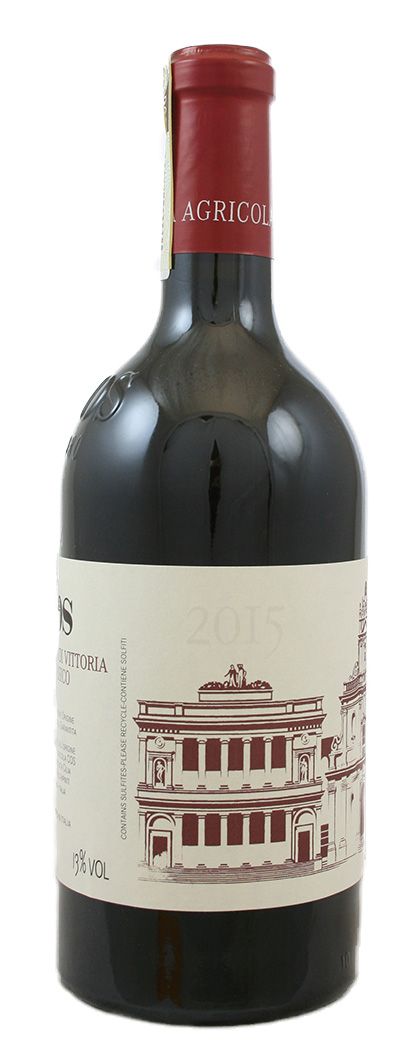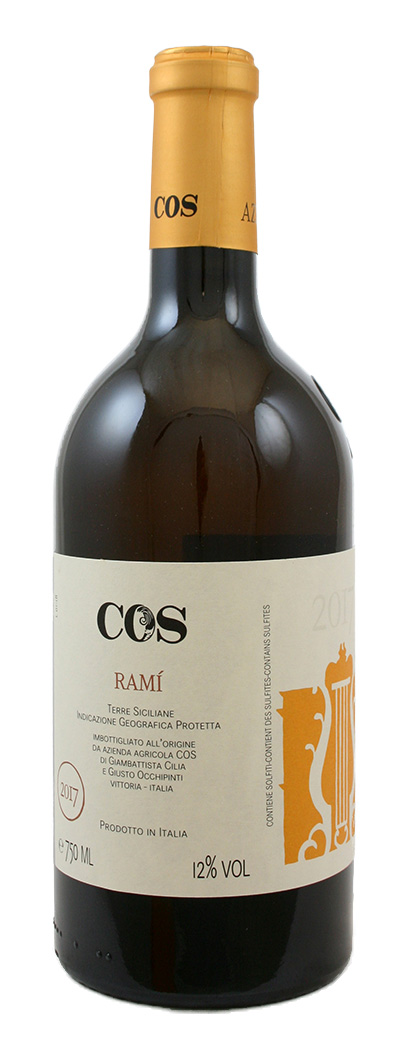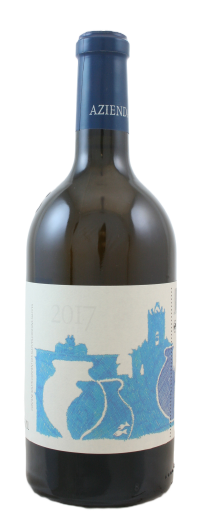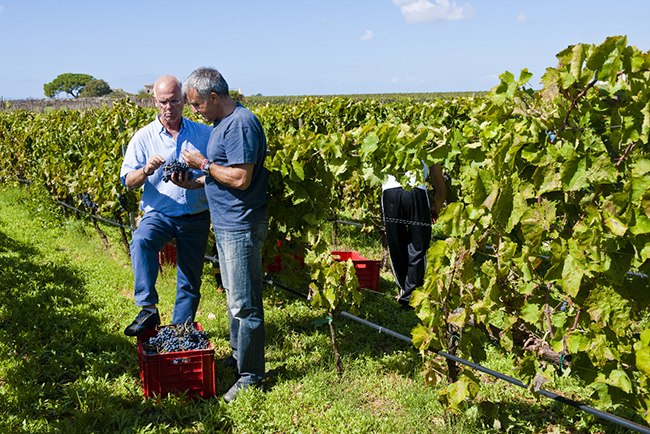
What draws us to wine, in an intellectual as well as emotional way, is that we are naturally fascinated by people and the places they come from and the wines they end up making are often a pure reflection of their origins, or their love of a place, or their personal growth.
Origin in terms of where one farms and makes the wine shapes one’s decisions. Many vignerons will talk about their terroir and making wines that do honour to that terroir. They will also be conscious of tradition and legacy.
This is the first in a series of pieces to remind people of those we have worked with continuously for over a decade, growers and vignerons whose vision, passion and energy have contributed to the way we think and feel about wine at this moment.
Sometimes, they are inspirations in themselves; we have connected with them on their personal journeys to render – in wine – the place they call home. The beauty of natural winemaking is that it is this perennial quest to capture the sense of the authentic. The wines bring us to a particular place and time. And we appreciate that a lot.
Wine stories always begin with the location, the climate, and the landscape itself. Here we are at the south-eastern tip of Sicily, where the influences of Africa and previous settlers are written into the locale. This is truly the southern Med – olive, carob and almond trees and vines abound.
Vittoria, in the province of Ragusa, is the main regional city, located between the Ippari and Dirillo rivers that flow from the Hyblaean Mountains to the Mediterranean Sea. The climate in the COS vineyards is more temperate than what you might traditionally find in the hills of Ragusa, being higher in altitude which confers a milder climate than that of the Hyblaean Mountains. The area has particularly fertile soil and has been sought after by nearby peoples for centuries. Whoever conquered these lands throughout history soon became enthralled with its riches and these peoples all left traces of their civilizations and cultivation techniques behind. These ancient techniques are as old as the history of wine here.
Three friends founded Azienda Agricola COS, in 1980: Giambattista Cilia, Cirino Strano and Giusto Occhipinti. The acronym of their last names is where the name for the winery – COS – comes from.
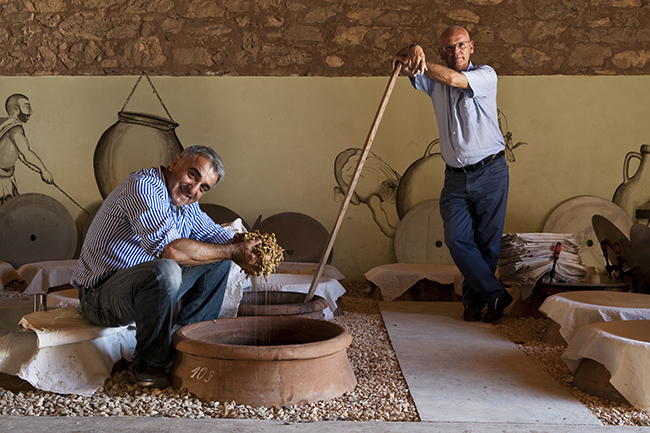
In 1980, they were amongst the youngest wine producers in Italy and had inherited an old family winery from Giambattista Cilia’s father with a nearby vineyard of bush trained vines, in the famed town of Bastonaca. In October of that year, they harvested their first vintage and made just over a thousand bottles. COS had begun its adventure that would one day lead to the transformation of Cerasuolo di Vittoria. Over the years, COS were in the vanguard of transforming the reputation of Cerasuolo di Vittoria from a somewhat lowly wine into the internationally renowned wine that it is today. Giusto Occhipinti is the most articulate supporter and explainer of his local wine culture and represents his wines in tastings and fairs across the world.
The winery follows the principles of biodynamic farming in order to help the vines find and maintain a balance with nature in order to be able to express their true character and that of their terroir. For vinification, COS decided to use terracotta pots that left no traces or aromas on the wine and were completely neutral vessels. In 2000, Pithos was born, a Cerasuolo di Vittoria that was fermented and aged in amphora. They finished working on a building in Fontane, which in 2003 became the headquarters of the winery. In 2005, they made the first wine that bore the Denominazione d’Origine Controllata e Garantita (D.O.C.G.) designation, the only one in Sicily. The harvest of 2007 saw the winery move to a new location, replacing the smaller oak barrels that they had been using and transitioning to cement and of course terracotta clay pots (they have a collection of 150 of them buried in the cellar floor).
As mentioned, COS works according to biodynamic principles of agriculture, methods based on the teachings of Rudolf Steiner. These teachings incorporate the ideas of organic agriculture while at the same time they posit a holistic approach that considers the earth and the vine to be part of a single system that develops together. With this philosophy in mind, the COS winery works using ancient traditional techniques to cultivate their vines. Biodynamics means respect for what nature offers and not trying to take more than what is available. To this end they recycle the water used in the winery and compost the materials left over from pruning and work without chemicals that would be detrimental to the land.
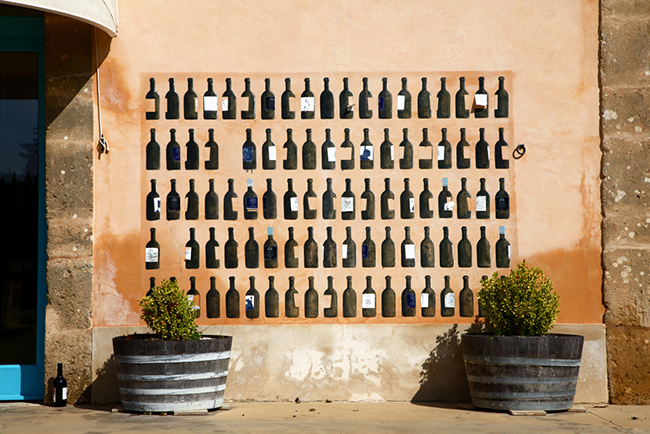
The vineyards are planted to Nero d’Avola and Frappato for the red varieties and Grecanico and Inzolia for the whites. All the wines are fermented ambiently with native yeasts in cement or amphorae and bottled with a light filtration, no fining and very low sulphite addition.
The charming Frappato expresses the most exotic aromas and flavours of region. Light ruby coloured in the glass, it exhibits a pretty perfume of wild flowers, red berry blossom and herbal spices. In the mouth, flavours of raspberry, orange peel and sweet spices emerge with subtle acidity and soft tannins. There’s beautiful freshness and vibrancy in every sip.
Nero d’Avola is a grape that normally has broad shoulders, with deep colour, intense black jammy fruits and bold tannins. In the hands of COS and their Nero d’Avola (called Nero di Lupo) these characteristics are dialled down in favour of freshness. A mouth-watering red, with a beautiful tapestry of aromas and flavours including ground coriander and star anise, cherry, bergamot, rose petal and smoky incense. The palate is elegant with fine tannins lending grip to the lasting finish.
Cerasuolo di Vittoria Classico, the wine that gives its name to the appellation, is always a blend of 60% Nero d’Avola and 40% Frappato and has at least one extra year of maturation before release. Ageing takes place in large Slavonian oak barrels. Hints of black cherry, blackberry and plum followed by aromas of raspberry, violet and tobacco leaf. The mouth has good correspondence to the nose, a slightly tannic attack and pleasing crispness, however balanced by alcohol, good body and intense flavours.
An even more sophisticated version of this wine called Cerasuolo di Vittoria Classico delle Fontane is a selection of Nero d’Avola and Frappato di Vittoria, from 25-year-old vines farmed organically and planted on red limestone and silica soils at an altitude of 230 metres. The grapes are harvested by hand at the beginning of October followed by maceration with indigenous yeasts, gentle pressing, maturation in Slavonian barrels that have seen several wines, and finally ageing in bottles for a lengthy period. Complex nose, the aromatic palette goes from flowers to wood fire, through red fruits and leather. A wine that is beginning to exhibit fascinating secondary development.
Pithos is local dialect for the clay pots in which the wine ages. Normally, a Cerasuolo style (but without the extra ageing), it can also be just Nero d’Avola according to the vintage. The wine spends seven months on skins in the buried terracotta pots before being racked and pressed into cement vats to settle. As with so many red wines vinified in clay, this has a wonderful elegance of cool red fruit flavours as well as a delicate earthiness. When Frappato is in the mix, then cherry blossom notes are most apparent, when the Nero d’Avola is the sole grape, the fruit flavours are a touch darker and spicier.
The whites are as exciting and nourishing as the reds. The Rami Bianco is the baby of the bunch, a blend of Grecanico and Inzolia (50/50). A short period of skin maceration gives extra character to this wine which sports delightful appetising aromas of apricots, dried flowers and orange peel.
Pithos Bianco, 30 days on skins and seven months in amphorae, is pure Grecanico, has a fabulous golden-amber colour and exudes lush white peach, honey and floral aromas. Dried berry fruit flavours dominate the palate along with ginger and spice and the tannins give the wine its structural seam.
Zibibbo in Pithos is a cuvée of 100% Zibibbo (the Sicilian name for Muscat of Alexandria) from 20-year-old vines, farmed organically and biodynamically, and located in the west of the island in the Marsala sector, almost at sea level. The climate has a strong influence here, with particularly hot days and cool nights. The grapes are harvested by hand of course, followed by maturation in amphorae, and just a microdose of sulphur at bottling. A powerful juice with aromas of yellow fruits, apricot, citrus, and a hint of bay and laurel… The palate is rich and generous, with beautiful volume, great length, and a salty finish.
*
Interested in finding out more about the wines of Giusto Occhipinti? Contact us directly:
shop@lescaves.co.uk | sales@lescaves.co.uk | 01483 538820


